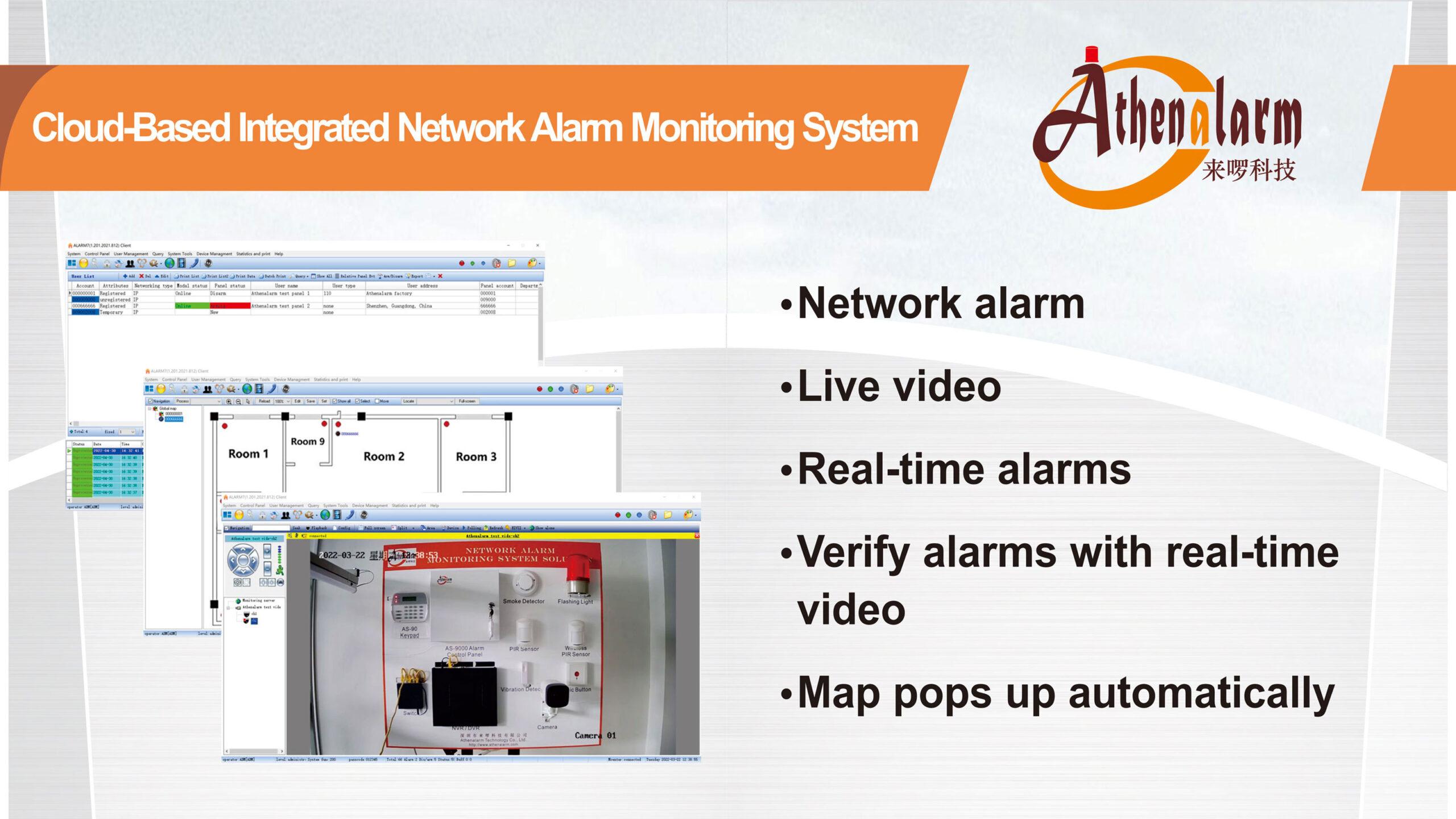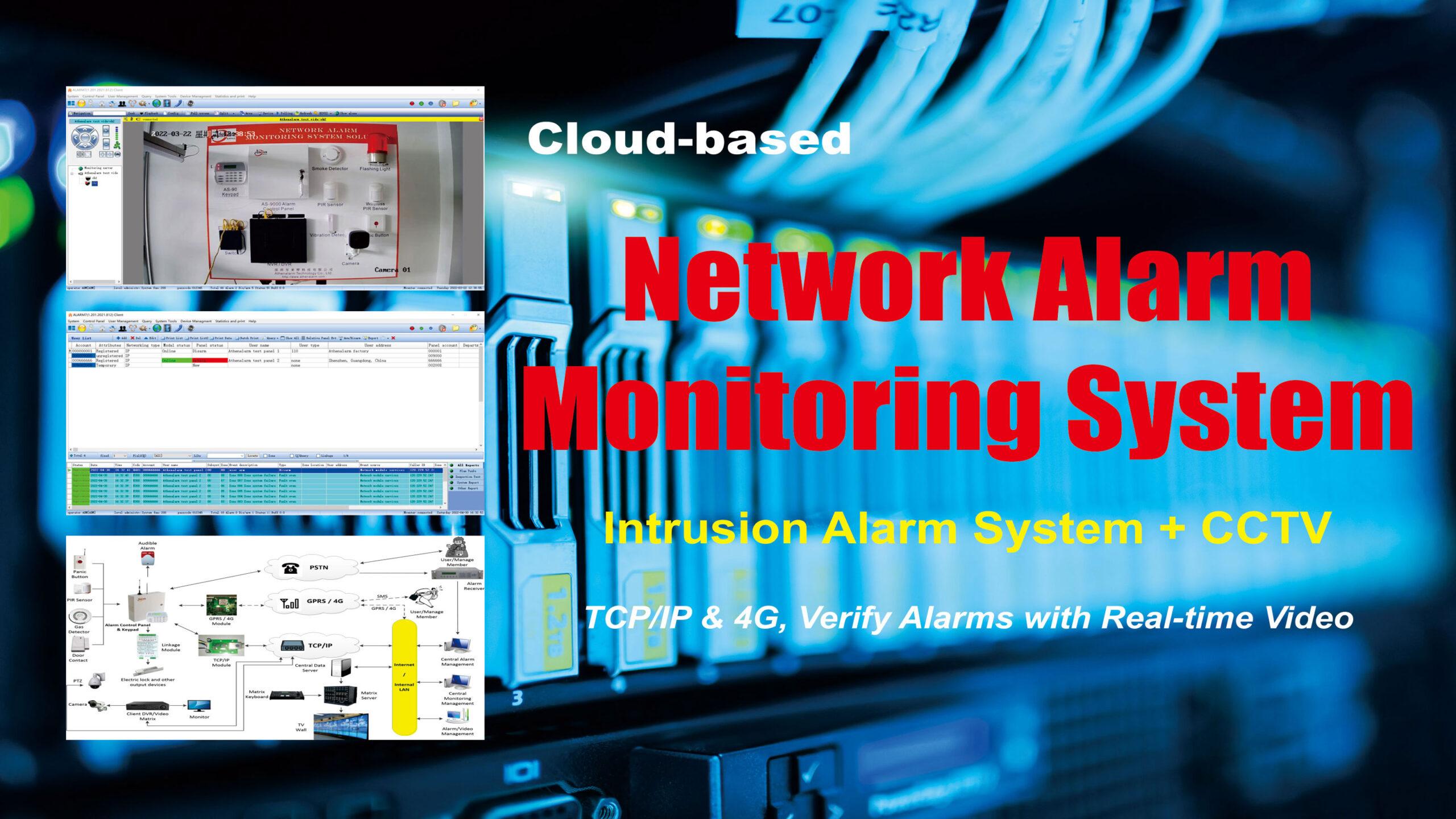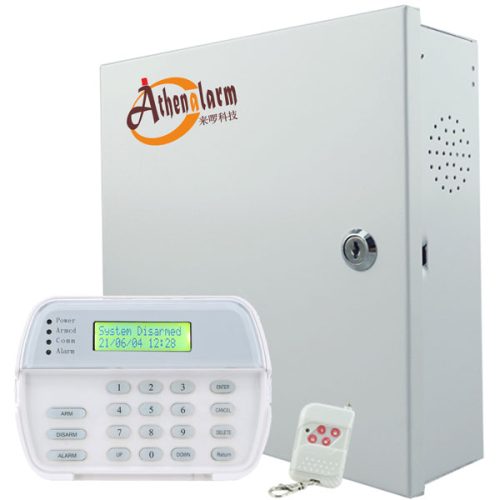



4 New Functions of Intrusion Alarm Panel

The main functions of the intrusion alarm panel include: partition and zone, arm, disarm and alarm, event recording and query, communication and networking, fault detection and display, password and reset, expansion and compatibility. (please read: The Main Functions of the Burglar Alarm Panel)
With the continuous increase in market demand and the continuous development of product technology, the functions of the intrusion alarm panel are gradually expanding, such as alarm and video monitoring linkage function, SMS/voice function, monitoring/intercom function, remote control alarm linkage function, etc.
1 Alarm and video monitoring linkage function
The verification of alarm situations is very important, and false alarms often cause security personnel to be busy for nothing. Therefore, it is particularly important to determine whether the alarm situation has actually occurred.
The combination of video technology has become a direction for many manufacturers to solve alarm situation verification and develop new products. At present, many alarm systems have the function of “image capture”, which means that while the alarm system sends out alarm information, it also sends on-site pictures to the alarm monitoring center to determine whether there are truly criminals present at the alarm site.
Some manufacturers attach an alarm review module to the motherboard of the intrusion alarm panel, connect a video server to the intrusion alarm panel, and then upload audio, video, and data signals to the alarm monitoring center through broadband network. The alarm monitoring center can simultaneously judge the actual situation of the alarm site based on the three signals, greatly improving the reliability of the alarm system. Some manufacturers also develop alarm consoles with “multimedia messaging” function: image capture devices such as cameras are connected to the alarm system, and on-site images can be transmitted through telephone lines, the Internet, GSM mobile networks, and other methods. The captured images can be received through mobile phones or computers that support “multimedia messaging” function.
2 SMS/voice function
The main purpose of adding SMS and voice communication functions is to ensure the absolute reliability of the alarm system.
By using SMS alarm method, the alarm signal can be received anywhere, and the communication time is very short and fast. With the addition of voice function, voice monitoring can be carried out to more accurately grasp the situation at the alarm site.
The SMS and voice functions are mainly suitable for wired/wireless compatible systems and alarm systems that use telephone line networking.
3 Monitoring/intercom function
The alarm on-site monitoring function is to input the correct password (there are two types of bidirectional monitoring passwords, one for use by the alarm monitoring center and the other for personal use by the user. The alarm monitoring center password is usually valid for 10 minutes after the system alarms to establish monitoring, while the user can establish monitoring at any time and in any state). Within the alarm monitoring range, the voice and sound of the on-site perpetrator can be clearly heard, such as the movement of people, the sound of digging, prying and other actions, and the ability to remotely turn on or off the alarm siren of the intrusion alarm panel through telephone, usually requires monitoring for 30 seconds.
The voice review function of the alarm monitoring center is that when the front-end detector alarms to the alarm monitoring center, in conjunction with the alarm software and voice review equipment, the alarm monitoring center can record the alarm scene. Additionally, an SD card can be directly inserted to record the actual situation on site. If there is any abnormal movement, not only can an alarm be triggered through the transmission network, but an alarm call can also be sent on site, and the intrusion alarm panel can achieve voice communication with the dialed destination.
4 Remote control alarm linkage function
The future expansion and application of network intrusion alarm panels will be more extensive. The number of comprehensive alarm multifunctional information terminal products targeting well-off families will gradually increase, and the urban alarm operation system will gradually move towards home services.
Due to the improvement of bidirectional data exchange speed, front-end intrusion alarm panels can be endowed with more powerful security management functions, such as automatic remote network control and linkage of home devices. With the sound and stable 4G network and diverse business types, people can more conveniently control their own security fields based on the bidirectional control function and the real-time nature of broadband networks. The network transmission module can simultaneously send events to several or more alarm monitoring centers, and can also send events to PCs, smartphones through E-MAIL. At the same time, by logging into the alarm system through PCs and smartphones, the alarm system can be remotely set or controlled to activate or deactivate certain functions. It is also possible to expand and integrate other devices more flexibly, such as smart homes, access system, etc.
In addition to the above functions, intrusion alarm panels will gradually develop towards intelligent terminals. Intrusion alarm panels not only have general alarm functions, but also have information publishing and receiving functions. In addition to publishing alarm information, alarm monitoring centers can also publish property management content and various notices to intrusion alarm panels.
Besides, an increasing number of intrusion alarm panels are equipped with information storage functions, such as supporting SD card storage or SATA hard disk storage, etc. The purpose is to facilitate the search for the occurrence of alarm events, facilitate timely solving of cases by alarm monitoring centers and public security departments, and better provide services to customers.
